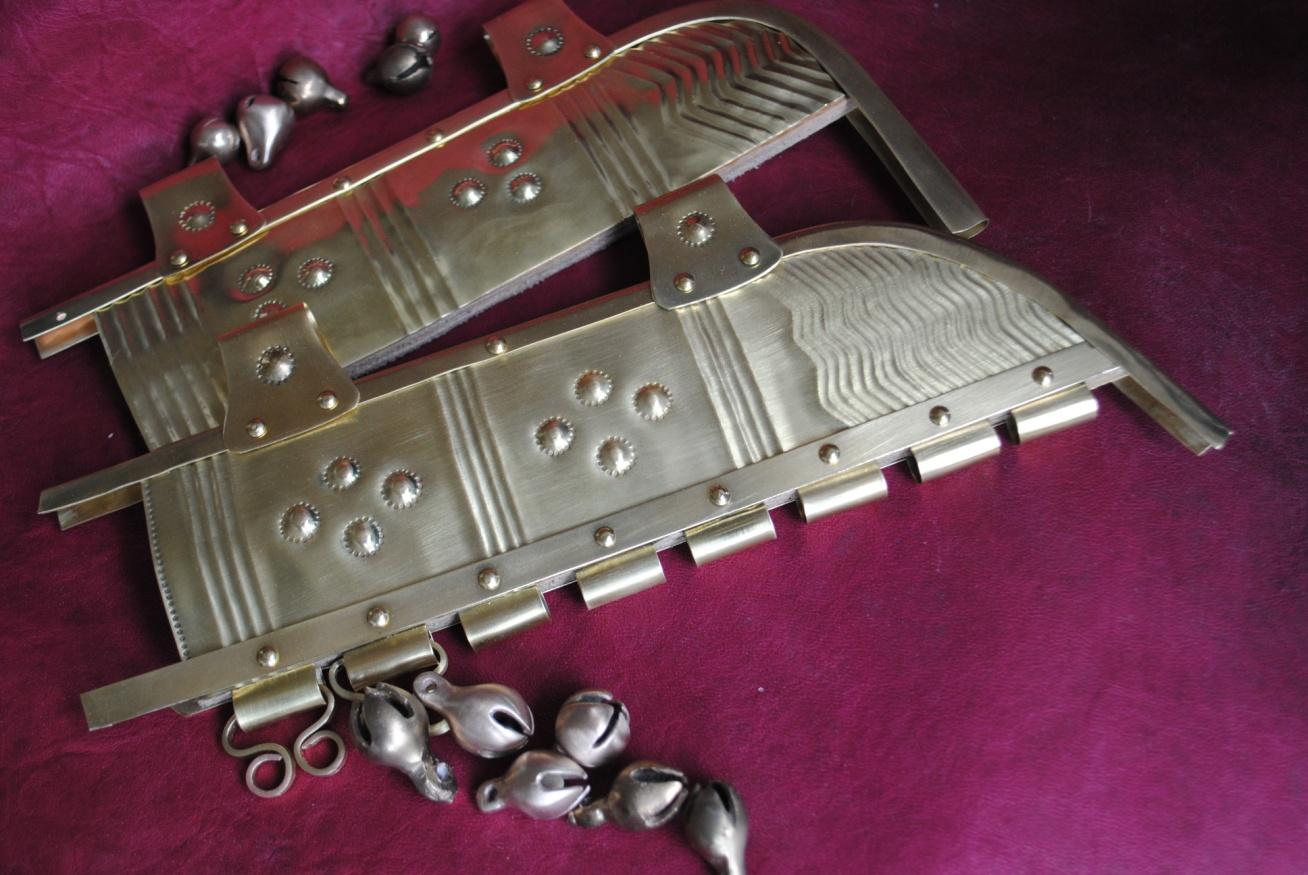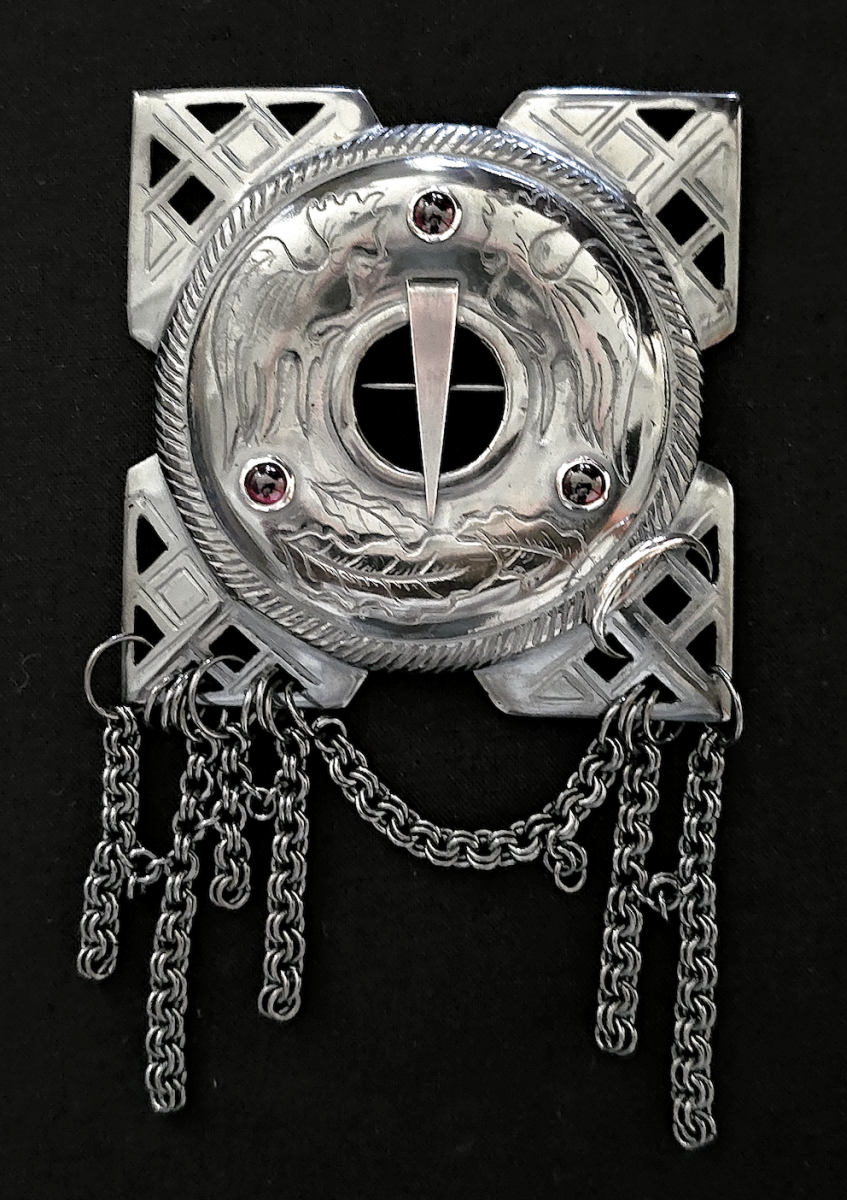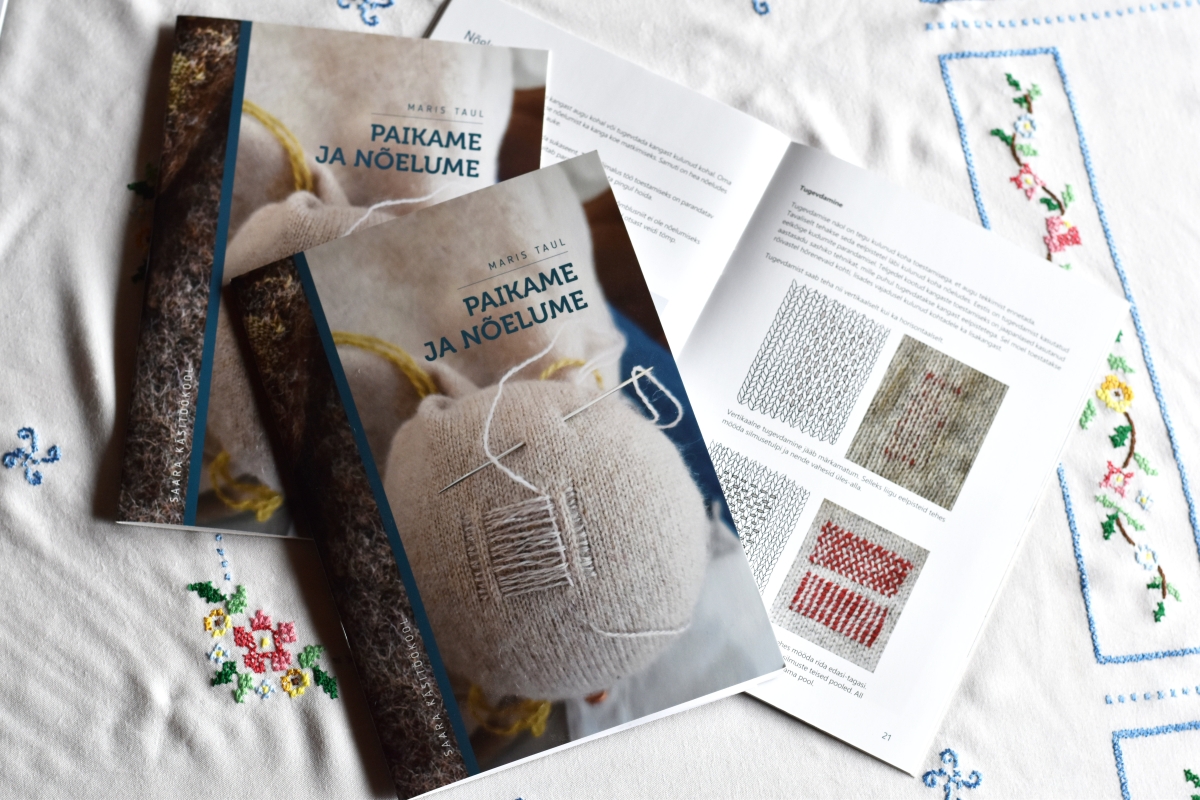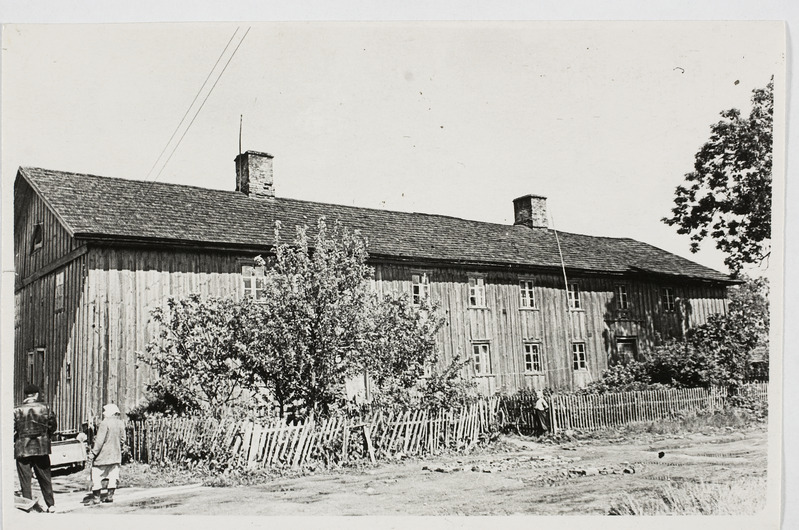“KIVIJÄRVE KULJUSTEGA NOATUPED” (juhendajad Riina Rammo, MA; Egge Edussaar-Harak, MA).
LÜHIÜLEVAADE: Kuljused on koos muude helisevate ripatsitega olnud Eestis ja naabermaades väga armastatud eheteks muinasajal ja hiljemgi. Käesoleva töö uurimisobjektiks on ainulaadsed ja omapärased esemed – Jõgevamaalt Kivijärvelt leitud pronkspealdisega naiste noatuped, mis on kaunistatud kuljustega. Töö käigus valmistasin nendest esemetest rekonstruktsiooni eesmärgiga õppida tundma kuljuste traditsiooniliste valmistamisvõtete tehnoloogilisi iseärasusi. Tehnoloogia valikul toetusin ka TÜ ajaloo ja arheoloogia instituudi arheoloogiakabineti laboris läbi viidud metalli kristallistruktuuride uuringule. Valueksperimendid olid jätkuks aasta varem tehtud katsetustele Signe Rätsepso poolt rekonstrueeritud Siksälä peapärjale metallosade valmistamise käigus.
Annan ka taustaülevaate nii Eestist leitud kuljustest kui ka naiste pronkspealdisega noatuppedest ning rekonstruktsiooni aluseks olnud Kivijärve leiust. Kirjeldan kuljuste põhitüüpe, kandmistraditsioone ja tähendust. Kuna kuljuseid on valmistatud ja kantud väga erinevais maailma paigus, olen otsinud võimalikke paralleele ja eeskujusid kuljuste valamise kohta traditsioonilisel meetodil teistes maades, seda enam, et Eestist leitud kuljuste kohta sellesisulisi uurimusi seni tehtud ei ole. Kuljustega noatupp on olnud tõenäoliselt hinnaline ese, mis pidi rõhutama kandja staatust ja väärikust, omades ühtlasi ka maagilist väge. Loodan, et olen oma tööga teinud nähtavaks ja käegakatsutavamaks väikese, kuid põneva osa seni väheuuritud minevikupärandist ning loonud eeldusi edasisteks uuringuteks ja katsetusteks.
Margit Keeman
töö autor, üliõpilane
TÜ Viljandi Kultuuriakadeemia
LÄBITUD ÕPPEKAVA: rahvusliku metallitöö õppekava.
[Best_Wordpress_Gallery id=”28″ gal_title=”Margit Keeman”]
SUMMARY: Bronze-plated Knife Sheats with Pellet Bells from Kivijärve
Pellet bells and other sound making pendants have been very popular in Estonia and in the neighbouring countries at Iron Age and later. Current research has been centred to the unique and defined findings from Kivijärve in Jõgeva County – bronze plated knife sheaths which was decorated with pellet bells. Similar pair of knife sheaths has been found from Rohe also. Reconstruction of the Kivijärve knife sheath was made with purpose to study the traditional technological skills used in the Iron Ages. This work is successor of the casting the pellet bells for making Siksälä headband reconstruction one year earlier.
Most of the types of pellet bells were used also in the neighbouring countries – in Russia, Finland and in Baltic States. The usage of pellet bells covers big variety – as decoration of wear and part of the decorations and they were used as amulets of defensive and repellative magic. High popularity of pellet bells was late Iron Age and most common were pear-shaped pellet bells. The pellet bells of Kivijärve were also pear-shaped pellet bells without decorations. Such bells were mass produced in Novgorod, but probably were made by local masters also.
Estonian findings of pellet bells were made from different copper alloys. Usually the bell metal has been tin bronze over the centuries, which has sound quality. Pellet bells form Kivijärve had been made from lead bronze. At the end of Iron Age and beginning of Middle Ages in Baltic’s emerged tendency to add lead into bronze alloys to replace metal loss due vaporization or due fact that lead was cheaper than tin. Adding lead to the bronze alloy is reducing the melting point more than melting points of tin bronze alloys are.
Casting was chosen reproduction method as crystal structure study of the Kivijärve pellet bells showed that they were manufactured using casting technology. For making Siksälä headband pellet bells reproductions the wax trees with two or four wax models was made, which were fixated to the casting vent. Current reproductions were made using hollow cast technology. Last mentioned technology has been used in every location where pellet bells were traditionally produced according different publication sources. Clay core was made which contained sound producing pellet and it was submerged into melted wax. Into wax were cut sound holes and suspension loop added to the wax model.
The moulds were made from different local materials like clay, sand, coal and horse dung. Closed and bivalve/two-part moulds were made for casting using lost wax method and piece moulds were made with embossed cavity for pellet.
Information from experiments showed that wax model was probably made using submerging the clay core into melted wax – this gave smooth surface and distinctive shape as original has. Lost wax casting method using bivalve mould left gentle casting seams, but original has more visible casting seams. With high probability the pellet bells were casted using lost wax method with both closed moulds and two-part moulds. Using clay moulds repeatedly is not probable as clay moulds will chap and break easily. But it is not definite as trying to use different compositions of the mould materials may produce more stable material for moulds, so that they could be used more than once.
Estonian women were using bronze plated knife sheaths in the 11. – 13. centuries, which is same time period as usage of pear-shaped pellet bells. Definite time of manufacture of Kivijärve pellet bells will be open as finding included also bronze spiral ornaments with similar bells which originate from latter period.
Bronze plated knife sheath was probably item of high value, which showed the status of the wearer. Knife sheath and pellet bells have also some properties, giving magical meaning to the item. Great magical item is made by fertility magic role of knife sheath, combined with sound of pellet bells and geometrical patterns and ornaments in the polished metal surface.
Further investigation of Kivijärve pellet bells and comparison of similar findings will probably give additional information about the technology of their production. Further source of information may be also the condition and marks at the surface of the bells. This research also did not cover the influence of different copper alloy compositions to the physical and sound properties of the bells. Further experiments may give information about patterns how choice of moulds and casting method is influencing the result of the product.




